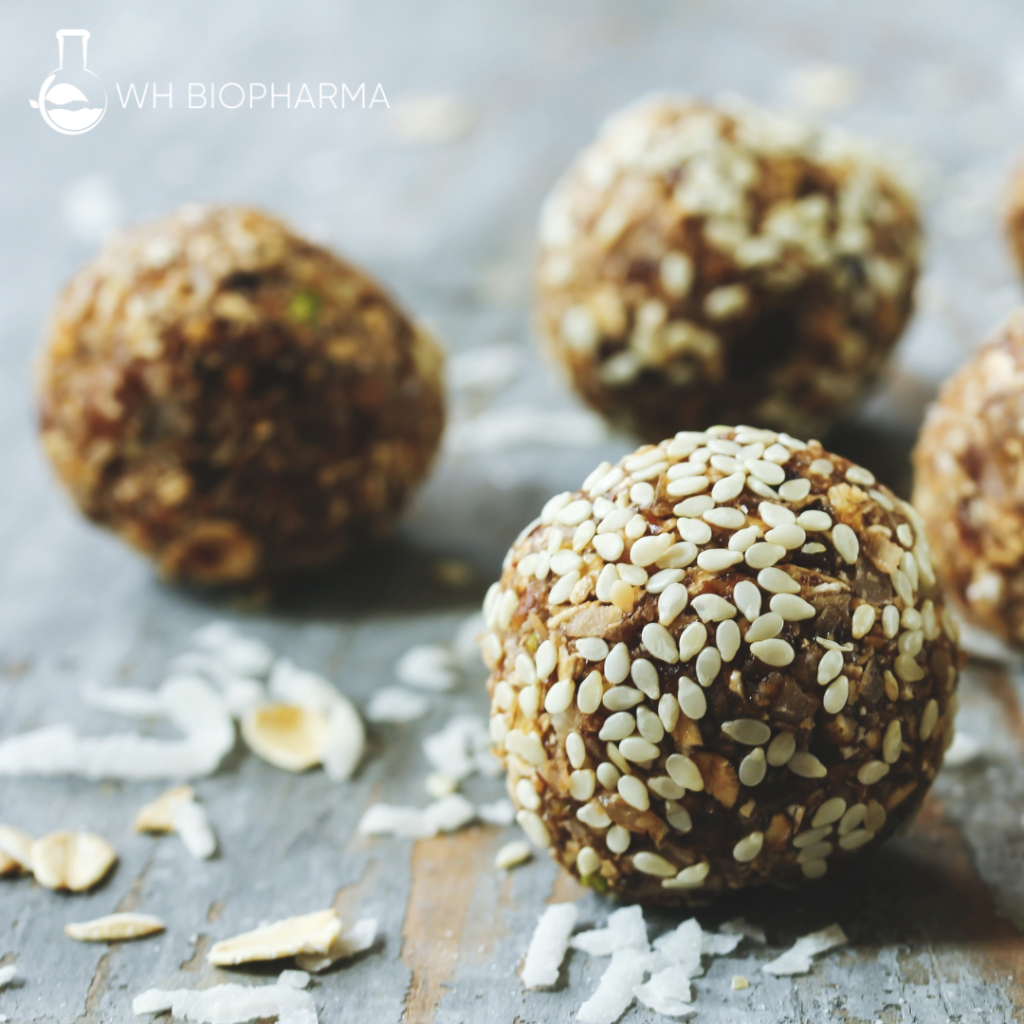In the world of culinary innovation, where taste meets nutrition, the concept of protein baking has become a rising star. This fascinating trend has transformed traditional baked goods into healthier, protein-packed alternatives. In this article, we’ll take a journey through the history and evolution of protein baking, exploring how it has grown from a niche idea to a mainstream dietary staple.
The Early Days of Protein Baking
Baking is an age-old tradition, cherished for the delightful treats it produces. However, as the world became increasingly health-conscious, an exciting trend emerged – protein baking. This innovative approach to baking paved the way for delicious and nutritious treats, providing a guilt-free indulgence for those seeking a balance between flavor and fitness. In this article, we delve into the origins and evolution of protein baking, exploring the early days when this trend was just beginning to take shape.
A Glimpse into the Past
The concept of protein baking, while now a well-established trend, had humble beginnings. It emerged from the fitness and bodybuilding communities in the latter part of the 20th century. At the time, individuals in these communities faced the challenge of meeting their elevated protein requirements in an enjoyable and convenient manner.
Protein Cookies: One of the pioneering products in the early days of protein baking was the protein cookie. These cookies were a novel creation, blending the beloved flavors of traditional cookies with the benefits of added protein. They addressed the need for a more palatable way for fitness enthusiasts to reach their protein intake goals.
Protein Pancakes: Another early innovation was protein pancakes. These pancakes were crafted by incorporating protein powder into the batter. This turned the classic breakfast item into a protein-rich, delicious meal, offering fitness enthusiasts a satisfying way to kick-start their day.
The Birth of Protein Brownies

The turning point in the evolution of protein baking was the introduction of protein brownies. These delectable treats took the classic fudgy and chocolatey brownie and enhanced it with protein-rich ingredients. Ingredients such as whey protein, almond flour, oat flour, and other alternatives to traditional wheat flour allowed for the creation of brownies that could deliver a significant protein boost while retaining the flavor and texture that people love.
The key to the success of protein brownies in the early days was finding the right balance between nutrition and taste. Unlike some initial protein baked goods that were criticized for being dry or excessively chewy, protein brownies were designed to replicate the texture and flavor of traditional brownies.
The Emergence of Protein Brownies
One of the most significant milestones in the evolution of protein baking was the advent of protein brownies. As the demand for protein-infused baked goods continued to grow, creative bakers and food scientists began experimenting with various recipes and ingredients to develop protein brownies.
These protein brownies took the classic fudgy and chocolatey dessert and elevated it with the addition of protein-rich ingredients. Whey protein, almond flour, oat flour, and other alternatives to traditional wheat flour were used to create brownies that could provide a significant protein punch.
The key to the success of protein brownies was finding the right balance between taste and nutrition. Unlike some early protein baked goods that were criticized for being dry or overly chewy, protein brownies sought to mimic the texture and flavor of traditional brownies while packing in the protein.
The Rise of Protein Baking Mixes
As the popularity of protein brownies and other protein-infused baked goods grew, the convenience factor became increasingly important. In response to this demand, companies began producing protein baking mixes. These mixes typically contain a blend of protein powder and specialized baking ingredients, making it easier for home bakers to create high-protein baked goods without the hassle of sourcing individual ingredients.
Protein Baking and Dietary Trends
The evolution of protein baking aligns with several prominent dietary trends that have gained momentum over the years:
High-Protein Diets: High-protein diets have become increasingly popular for weight management, muscle development, and overall health. Protein baking provides an enjoyable way to meet elevated protein intake goals.
Gluten-Free and Low-Carb Trends: The use of alternative flours like almond flour, coconut flour, and oat flour in protein baking appeals to those following gluten-free or low-carb diets.
Reduced Sugar and Sugar Substitutes: Many protein baking recipes use sugar substitutes like stevia or erythritol, catering to individuals who want to reduce their sugar consumption.
The Future of Protein Baking

The journey of protein baking is far from over. As it continues to evolve, we can expect to see even more creative and delicious protein-infused baked goods. Advances in food science and innovative ingredient combinations will likely lead to products that are increasingly indistinguishable from their non-protein counterparts.
Moreover, the demand for protein baking will likely expand beyond fitness enthusiasts and into the mainstream. As more people recognize the importance of a balanced diet and seek ways to enjoy their favorite treats without compromising their health goals, protein baking will play a central role in meeting those needs.
The history and evolution of protein baking tell a story of innovation and adaptation. What began as a niche concept in the fitness community has grown into a thriving trend, offering delicious, healthier alternatives to traditional baked goods. Whether you’re an athlete, a health-conscious individual, or someone with a sweet tooth, protein baking has something to offer, and its journey is far from over.





